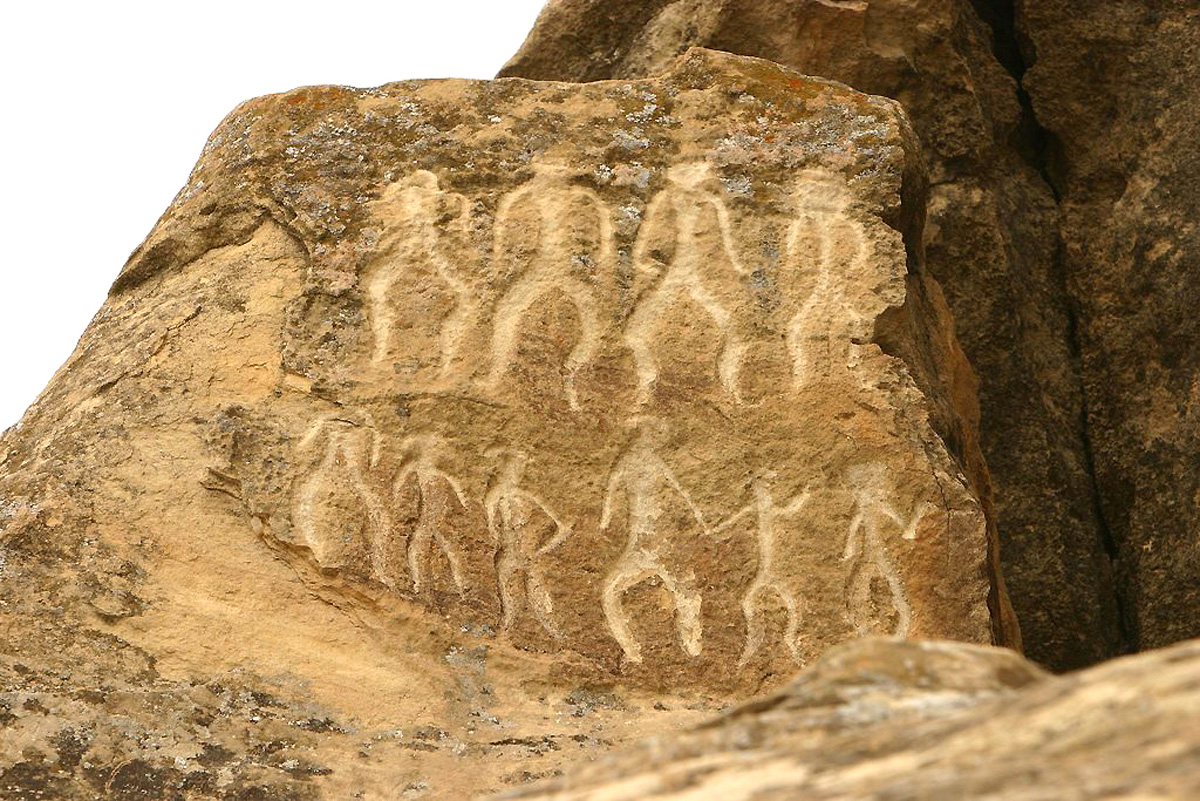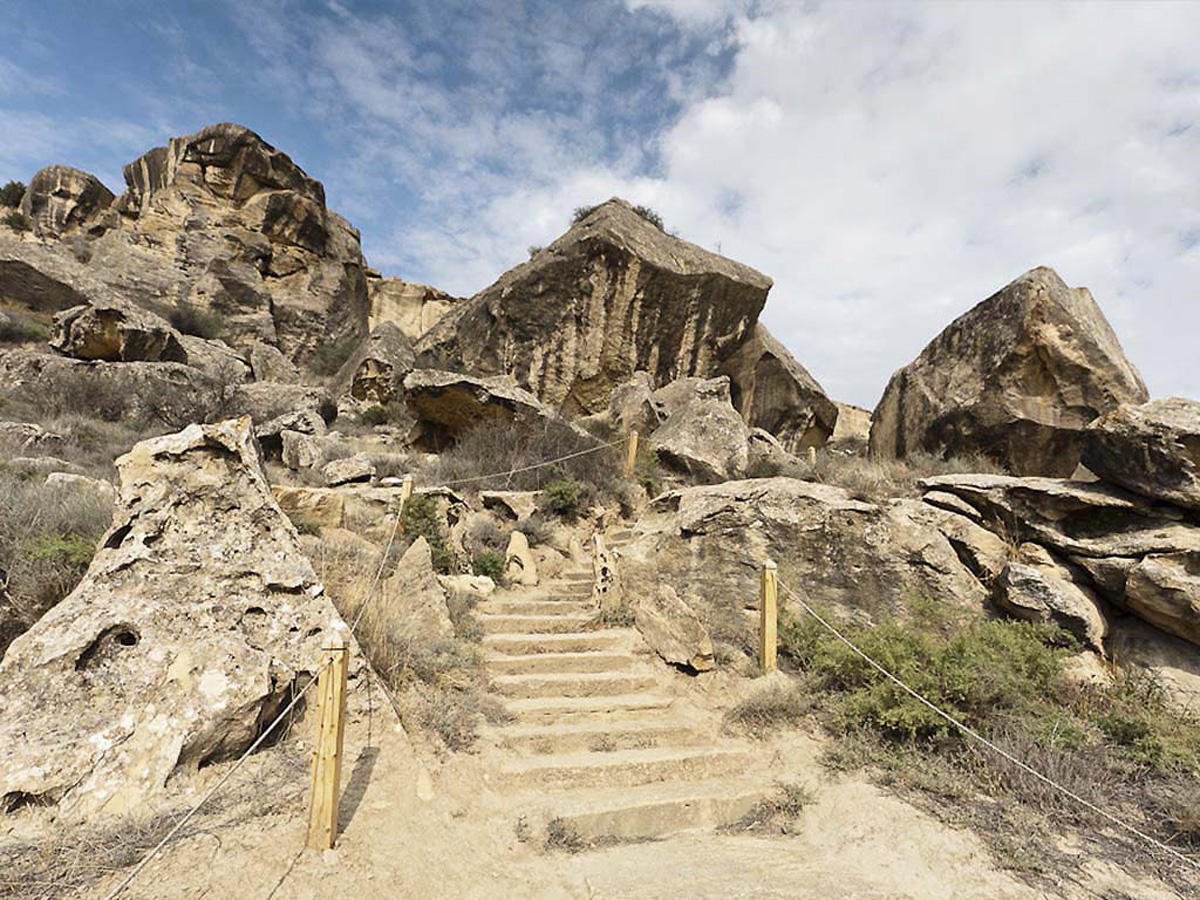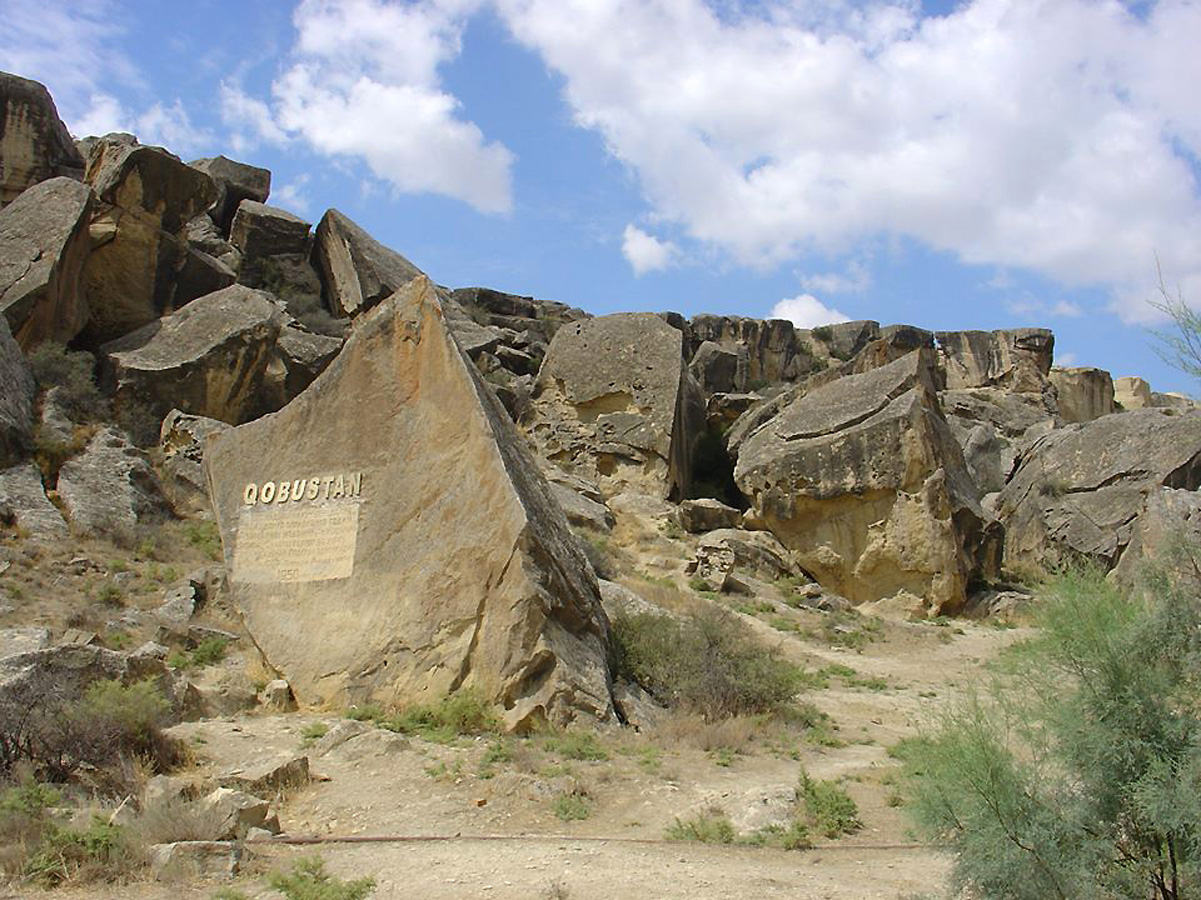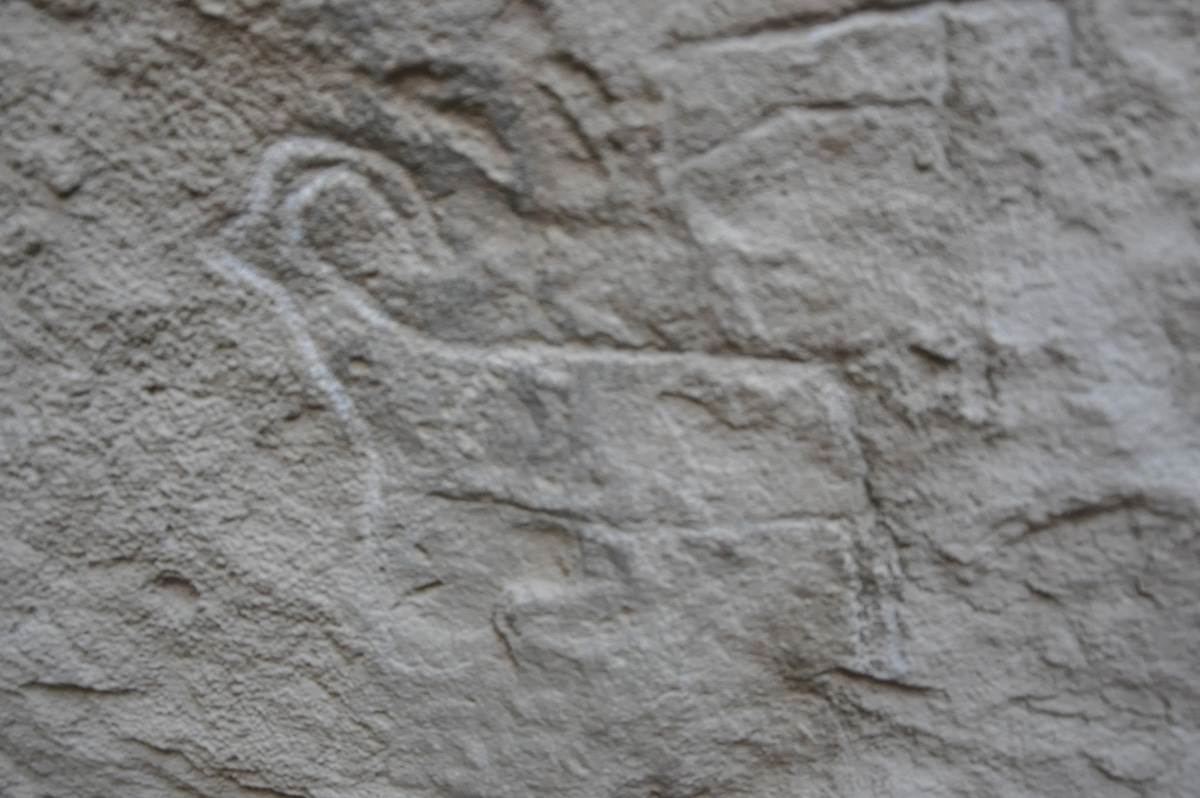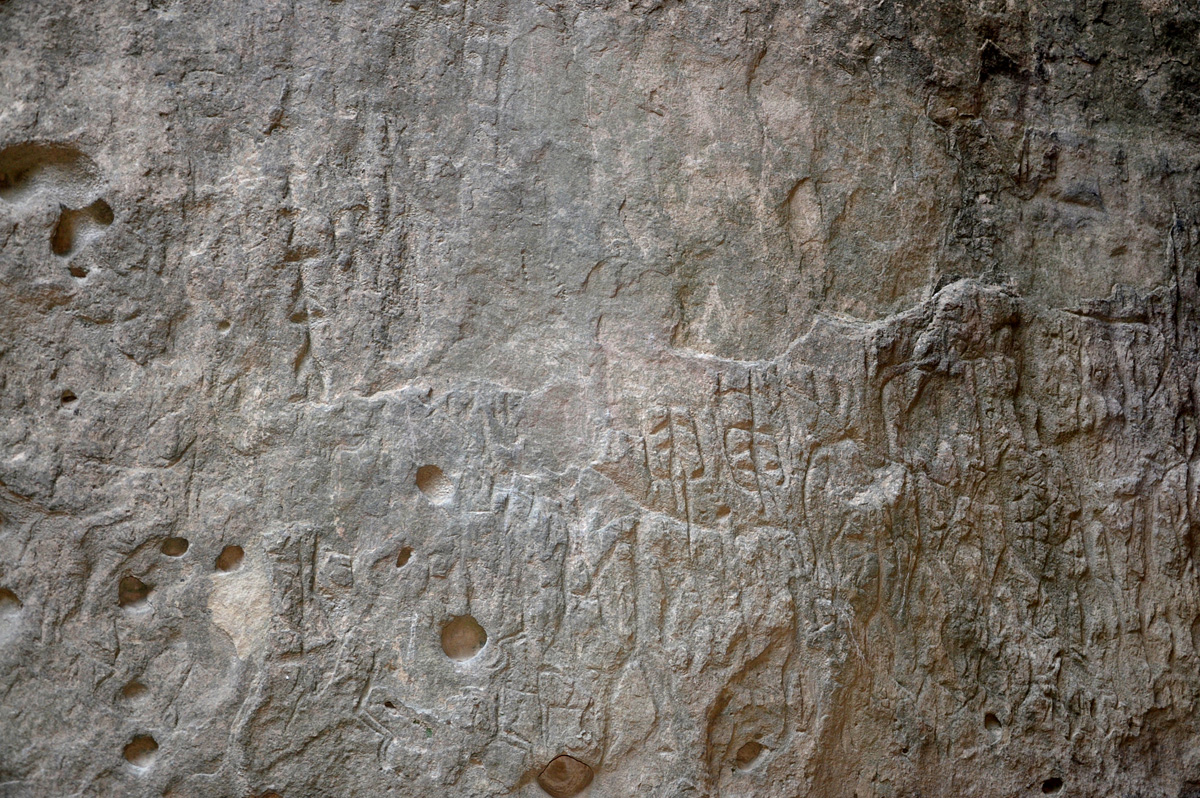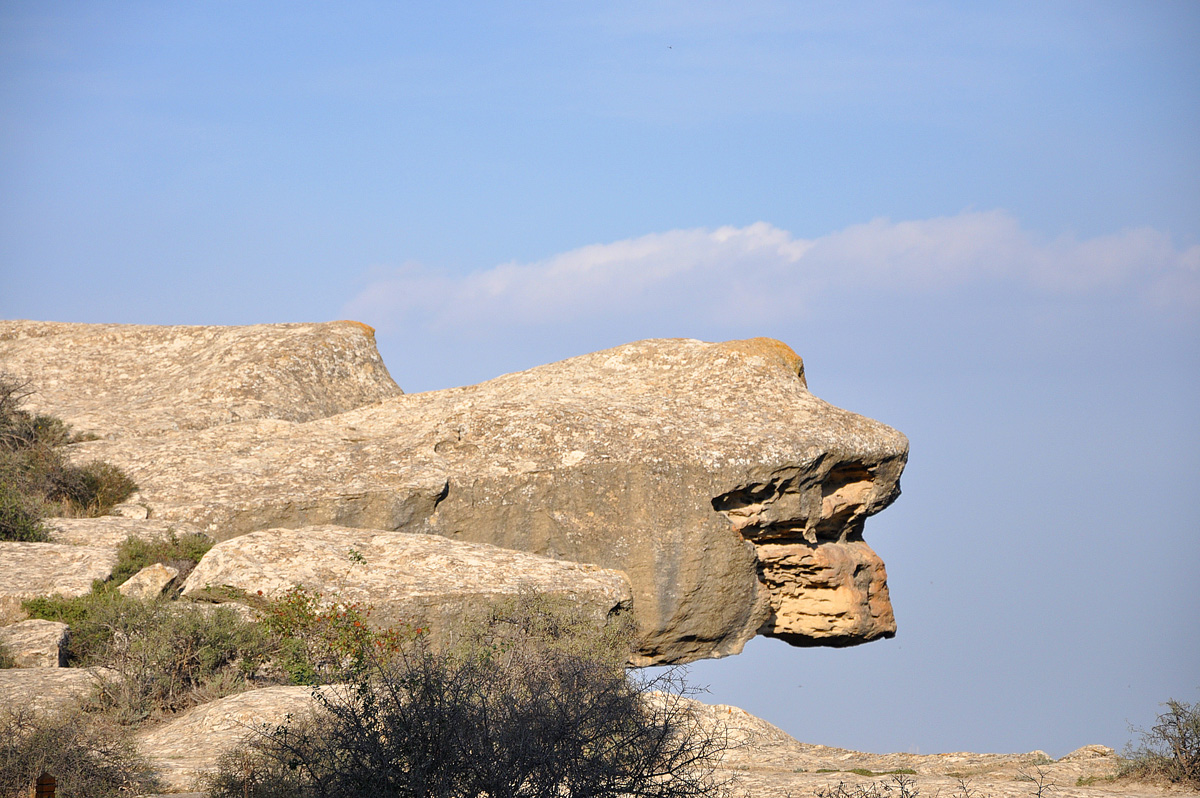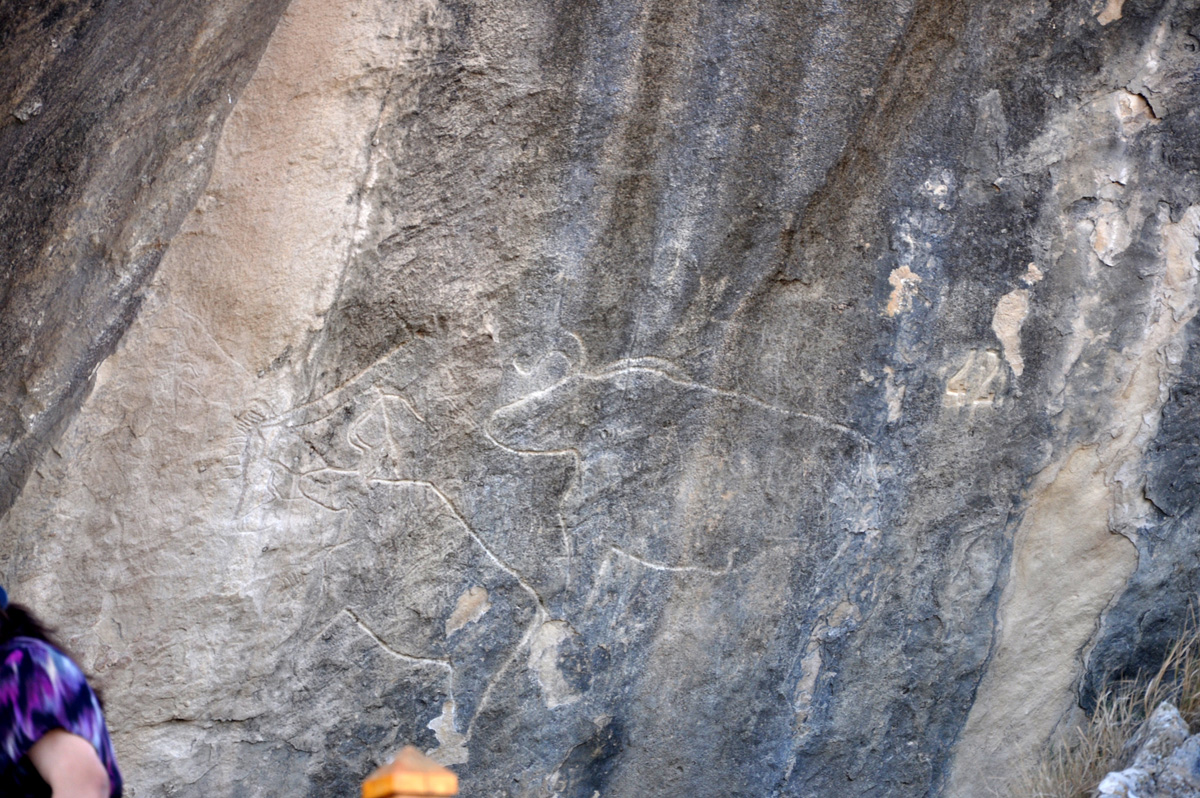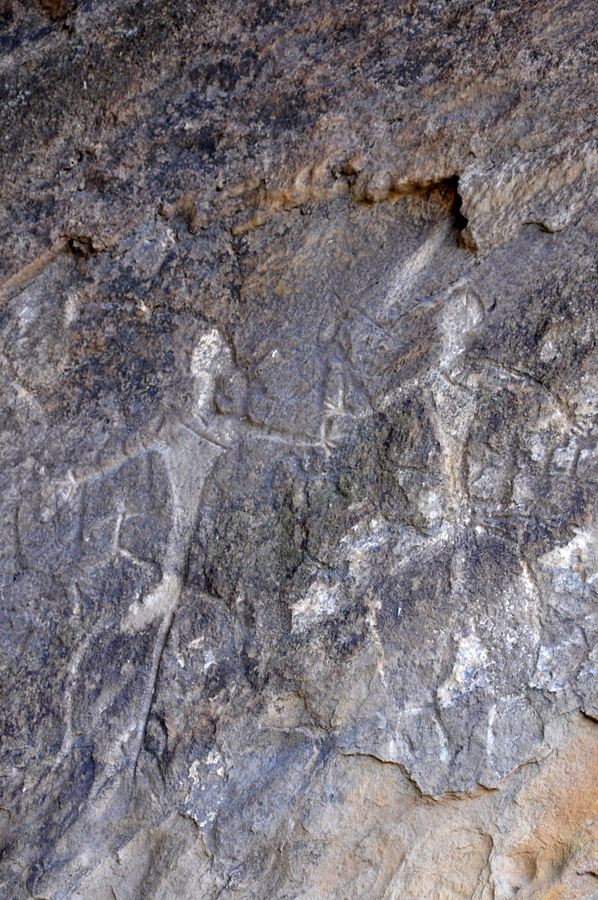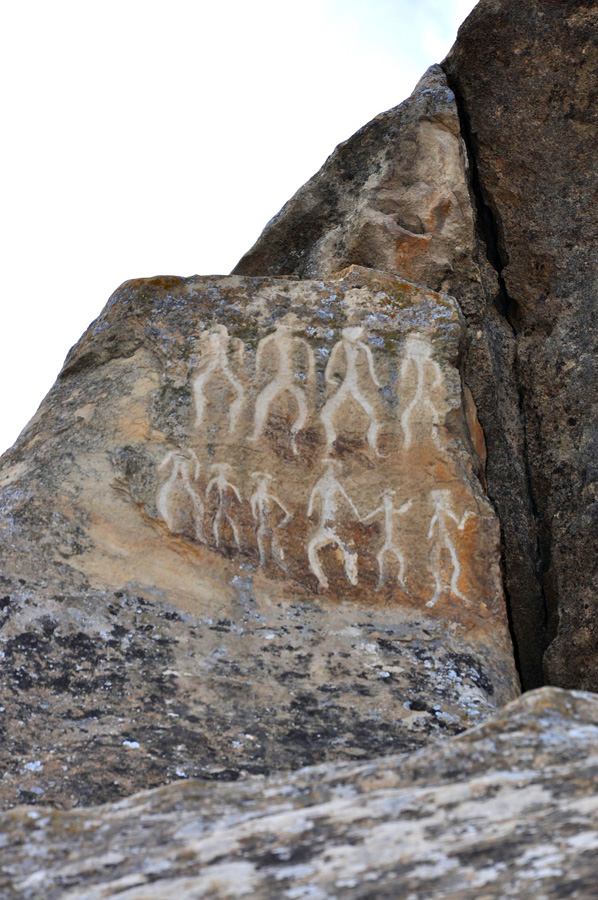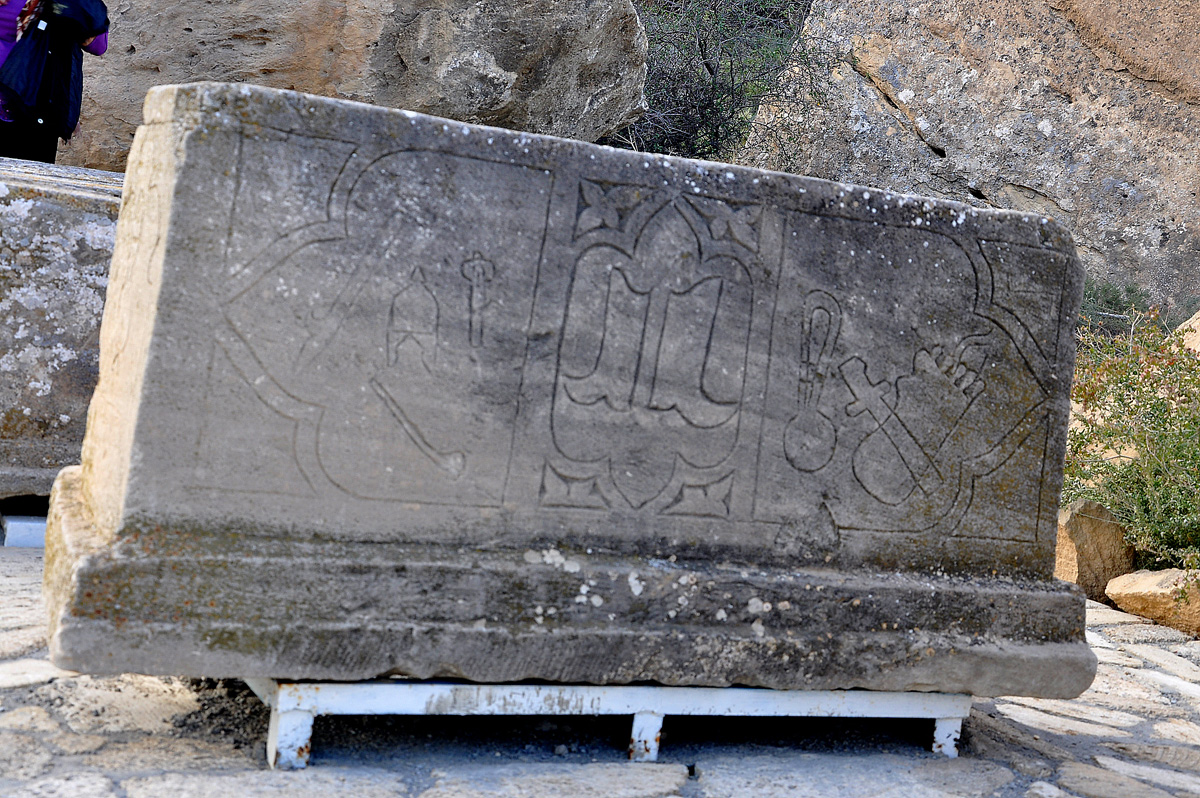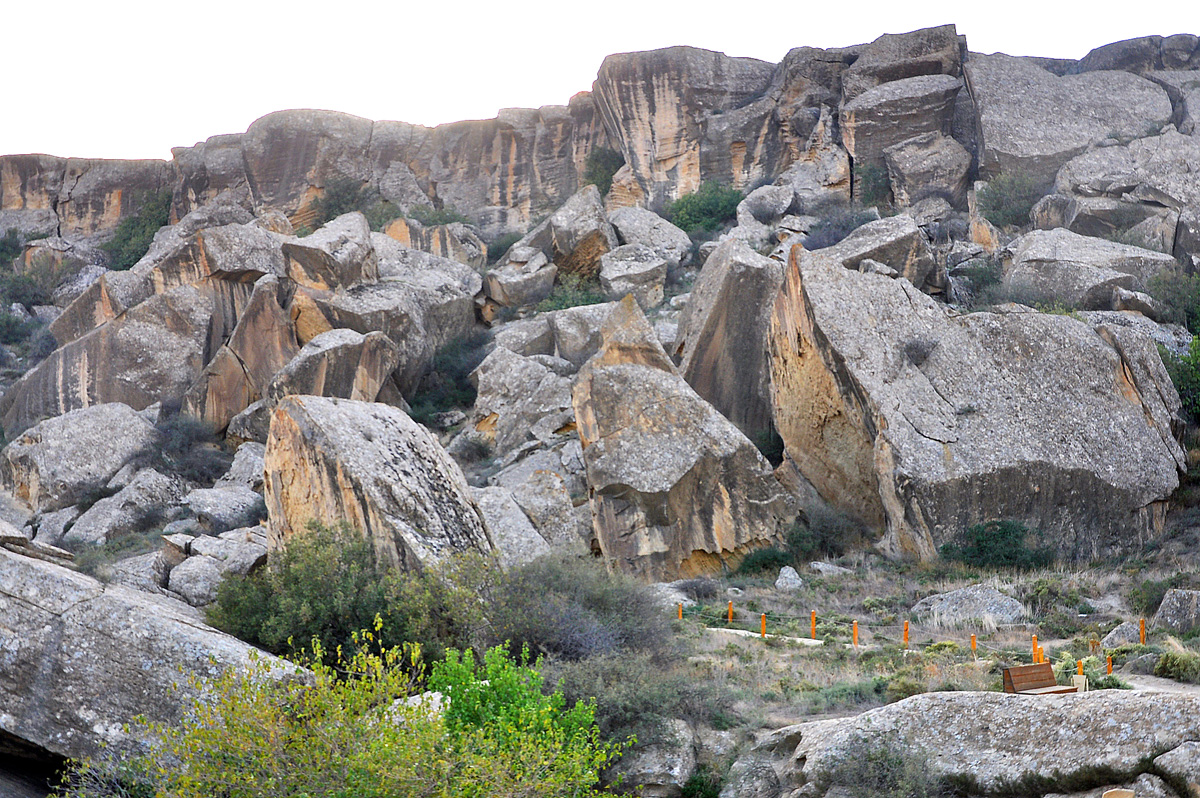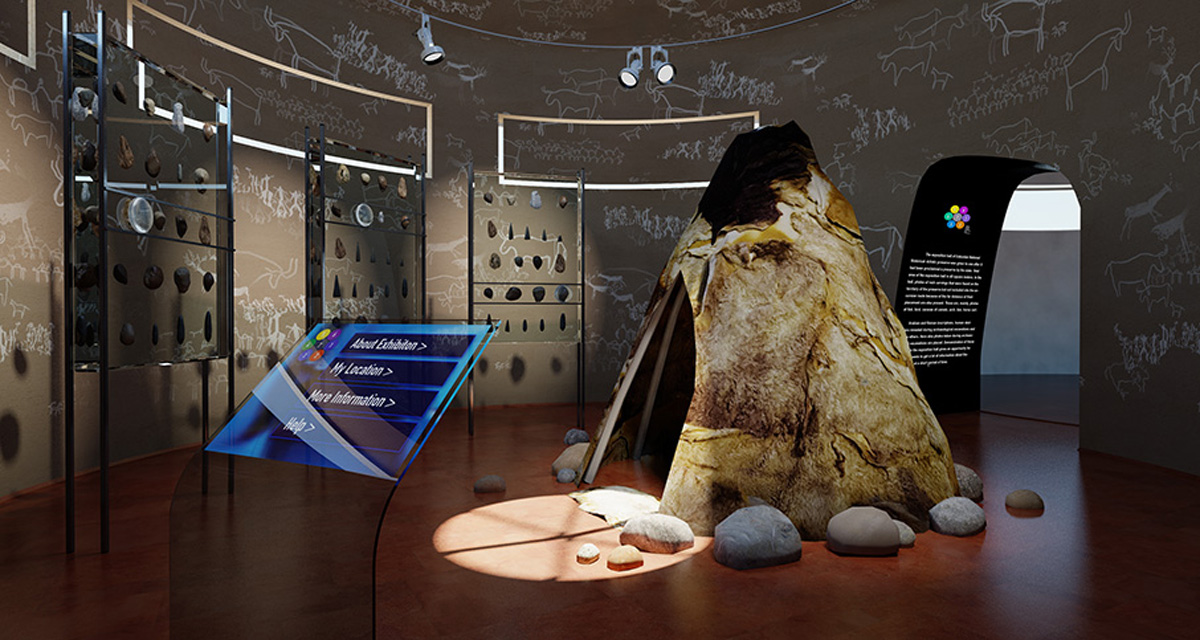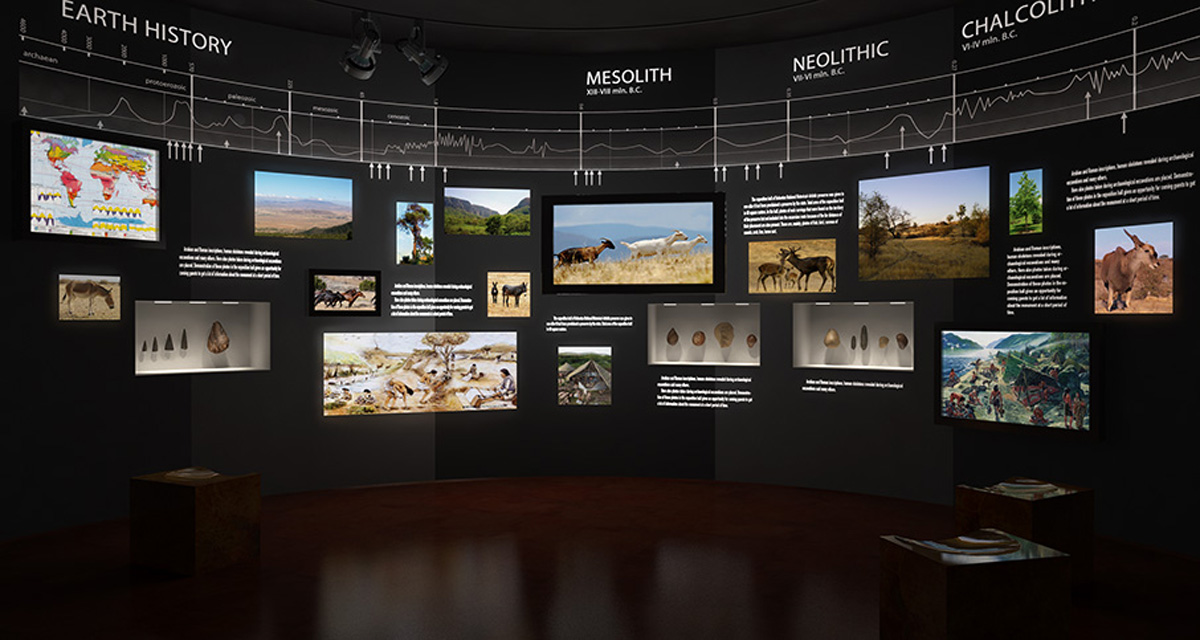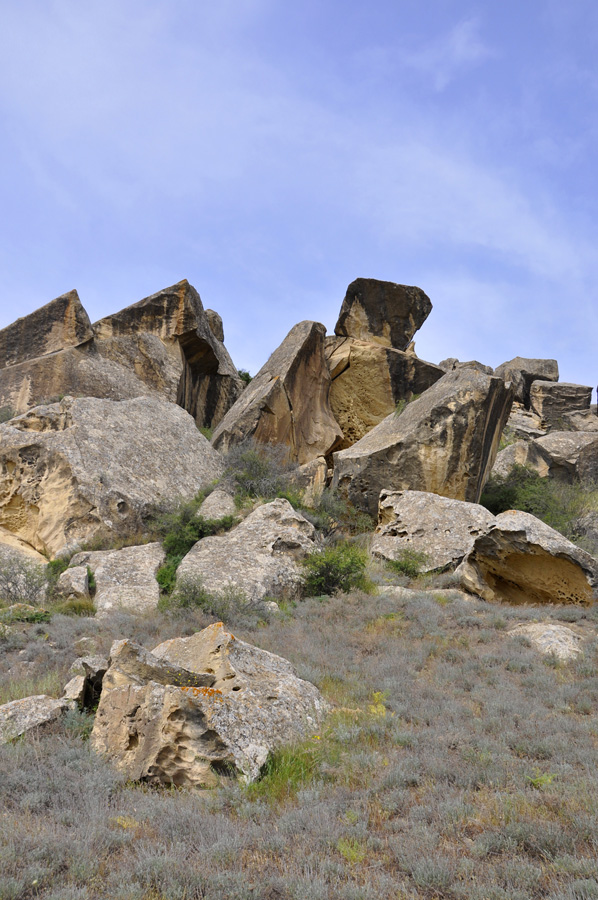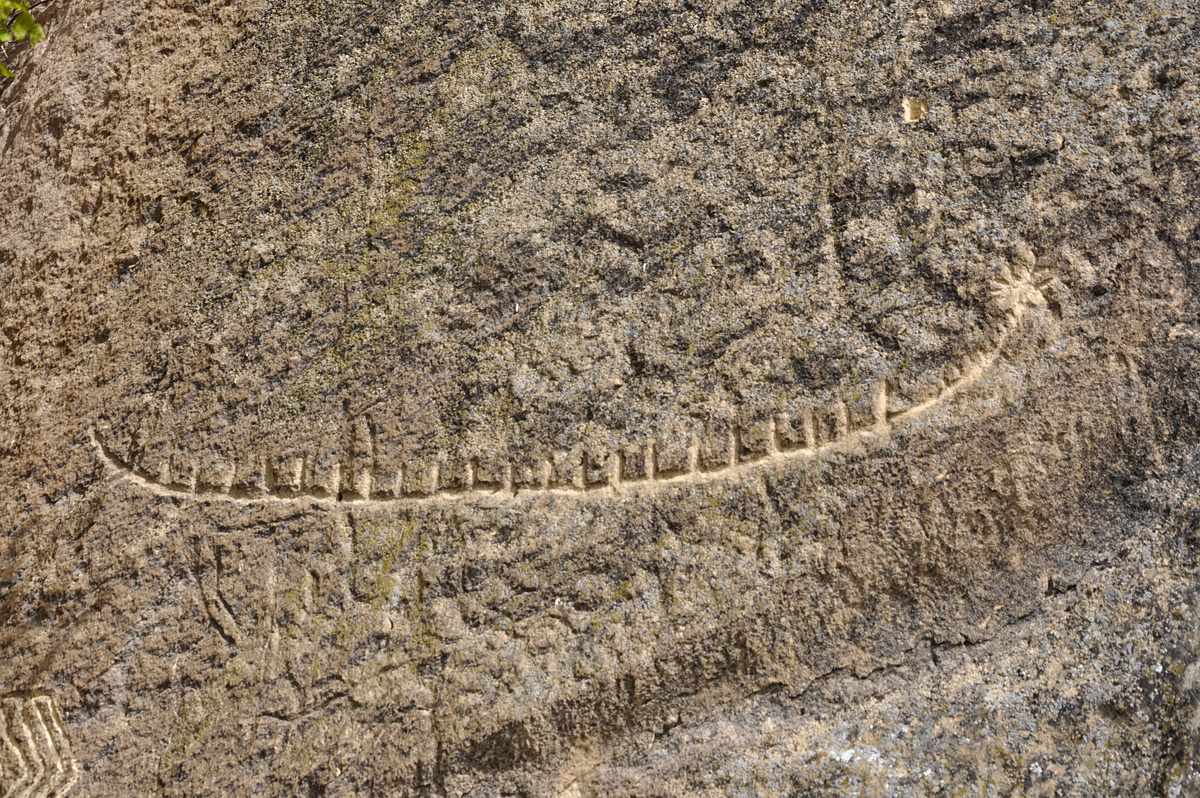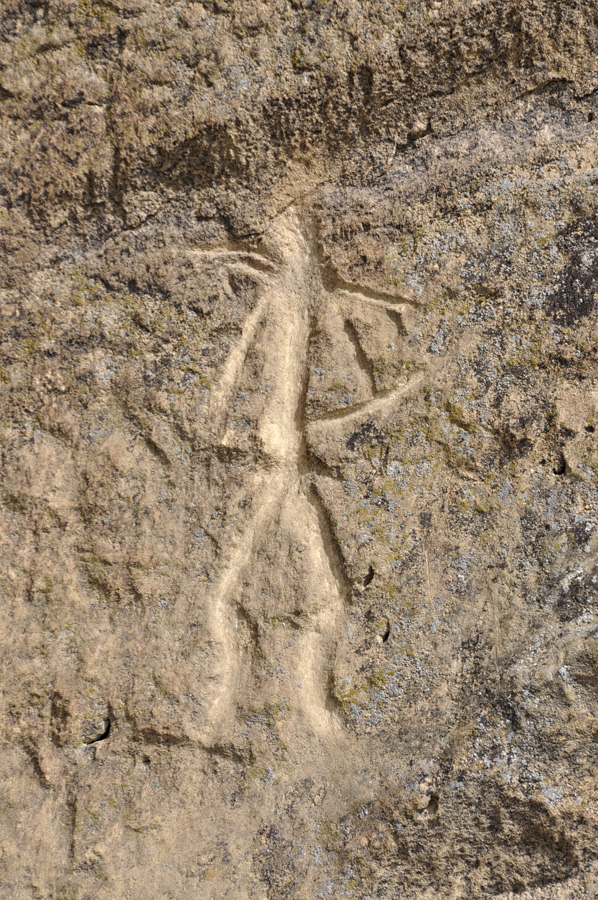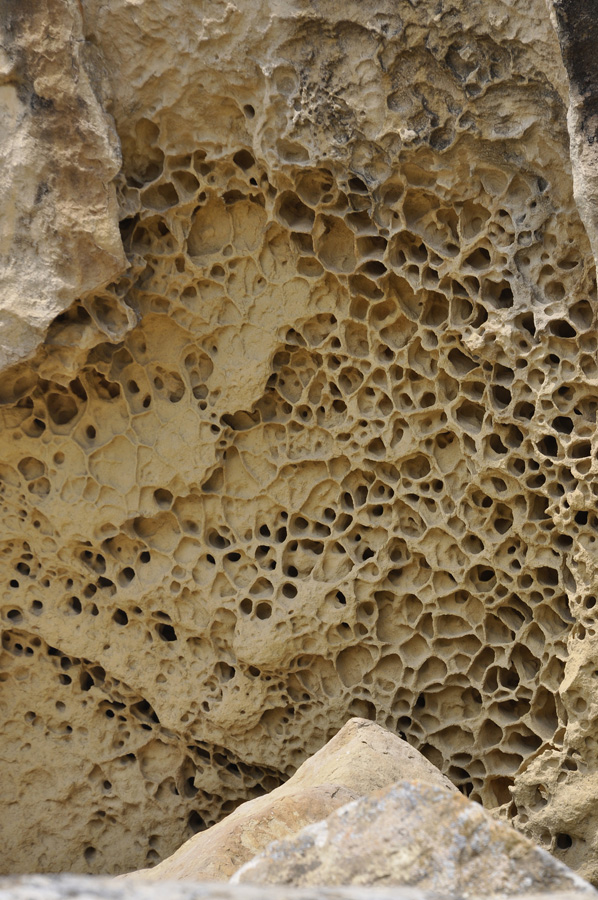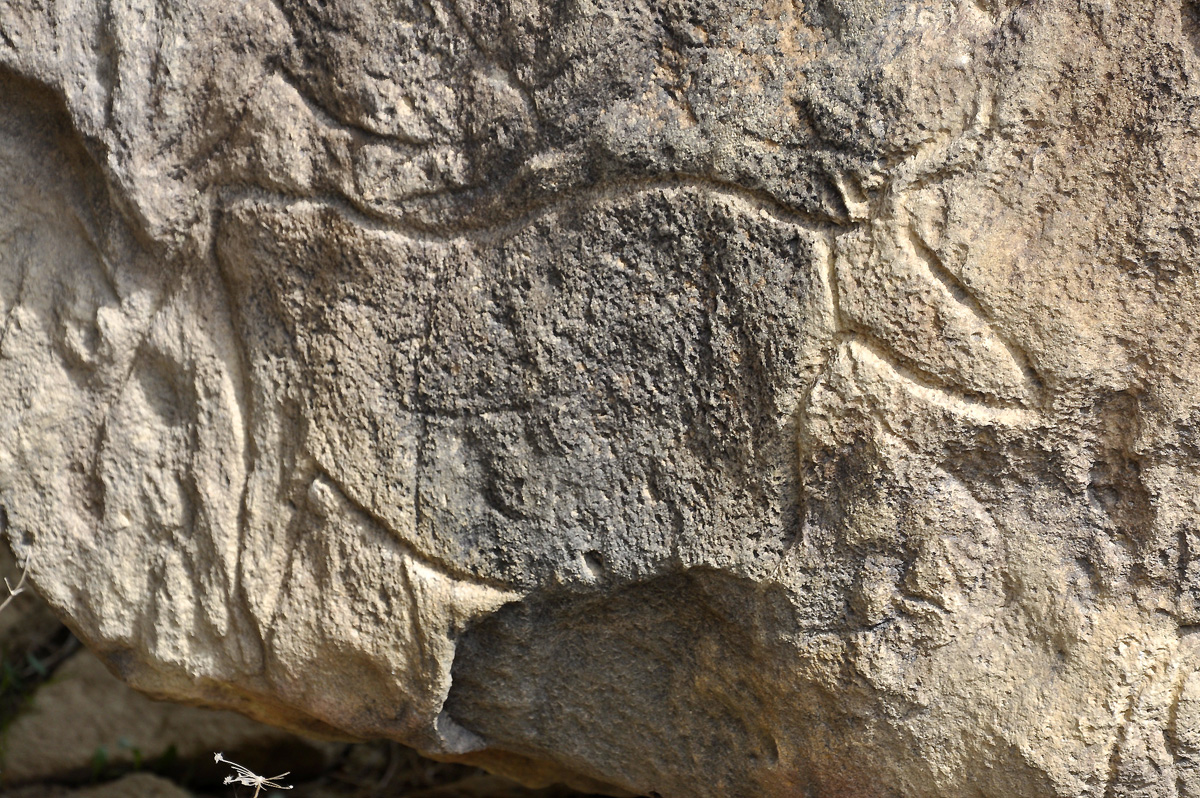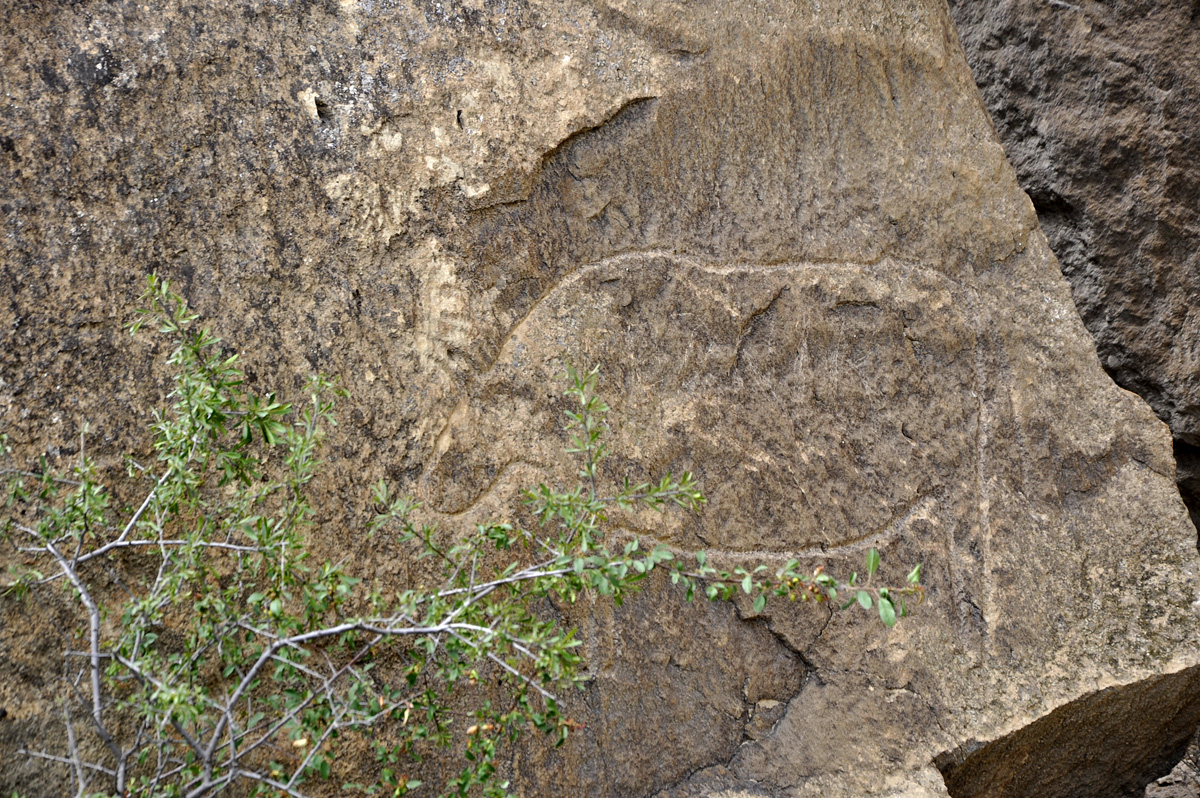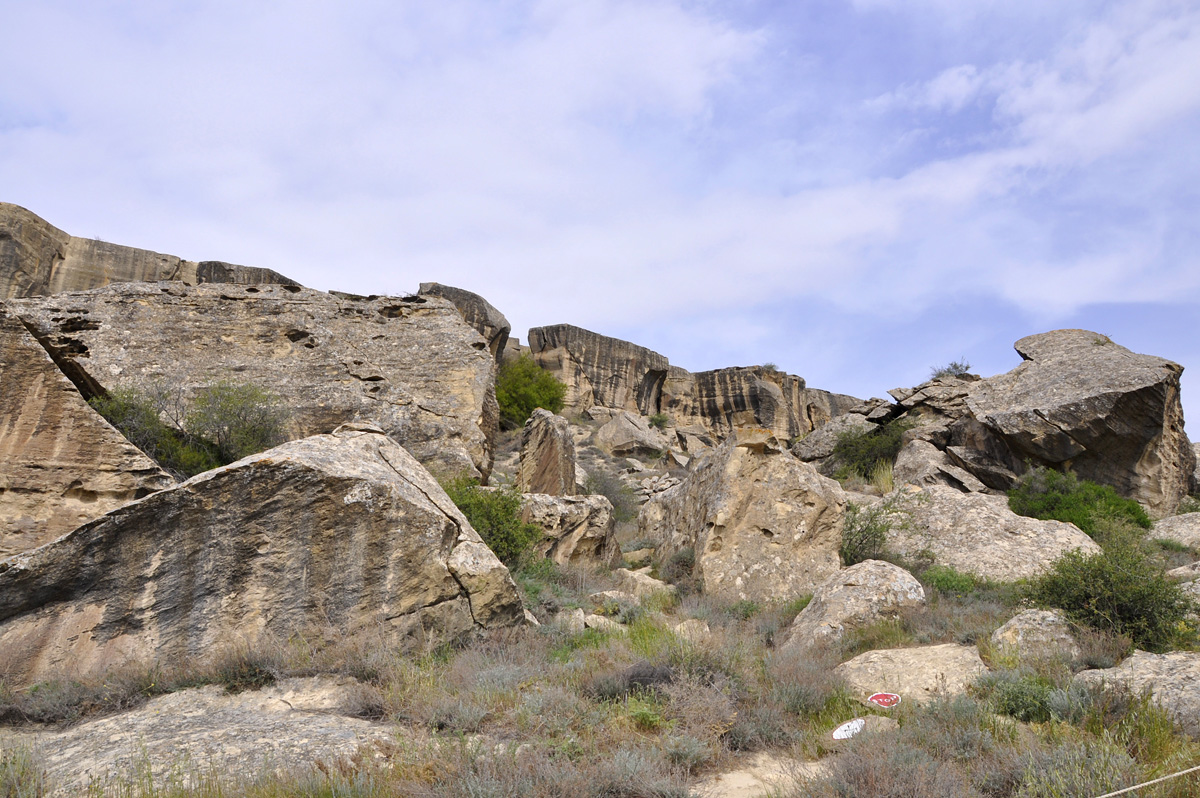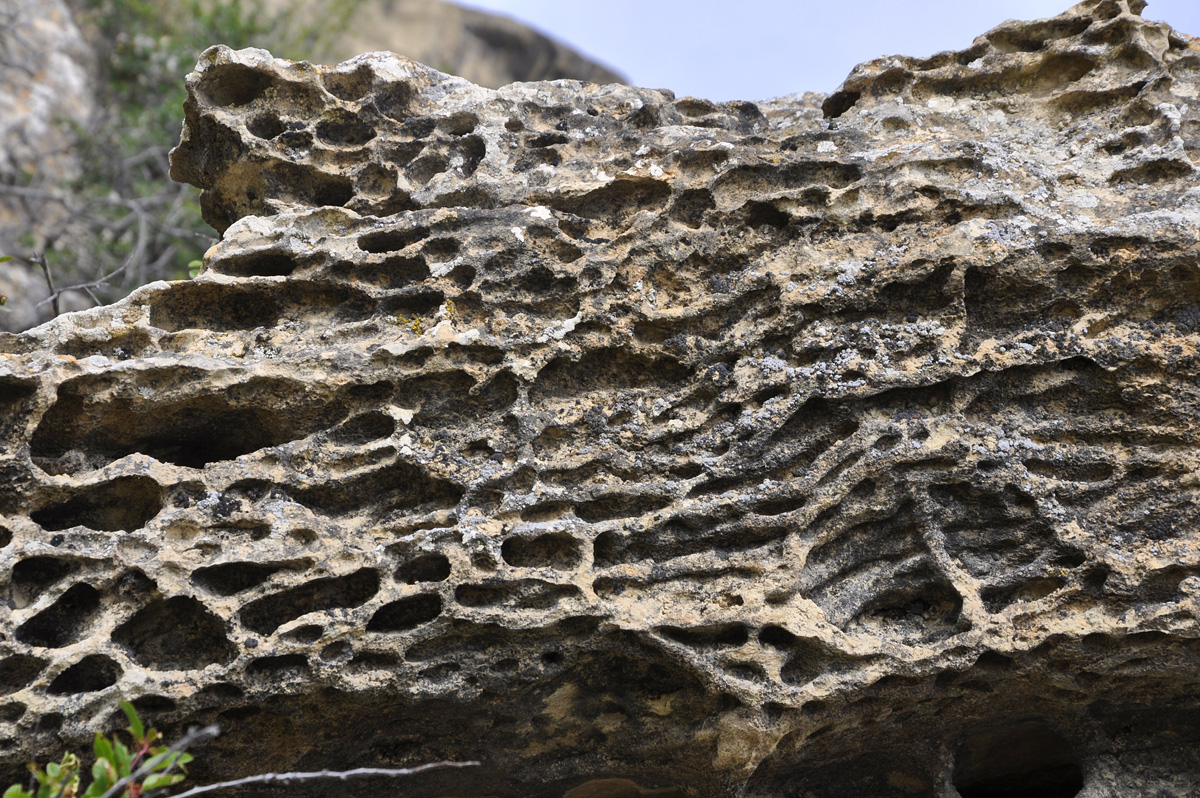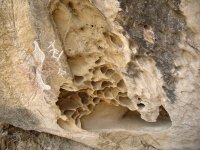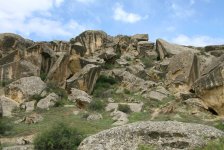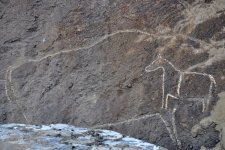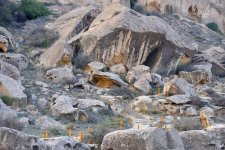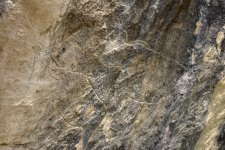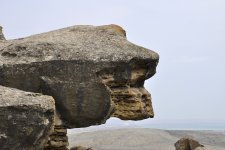Baku, Azerbaijan, May 25
By Elchin Huseynov - Trend:
Gobustan National Historical-Artistic Preserve is a rocky massif on the foot of the south-eastern part of the Greater Caucasus Range, not far from Baku.
A huge number of rock drawings, dwellings, ancient people's sites and mounds were found here. The rocks of Gobustan have some 6,000 drawings on them, that were put there since the Mesolithic ( period in the development of human technology between the Paleolithic and Neolithic periods of the Stone Age), and the Middle Ages.
The drawings (scenes of hunting, ritual dance, farming, animals, boats and various symbolic signs) are found mainly in caves and on the ruins of the rocks. They reflect the history of the region of over 15,000 of years - from the Lower Paleolithic to the Middle Ages.
There are also inscriptions nearby left by a Roman legionnaire around 75AD during the reign of Emperor Domitian which is the eastern-most Roman inscription ever found.
The first excavations began in Gobustan in the 1930s. Since 1965, a special scientific expedition was engaged in the study of the monuments of Gobustan. Archaeological investigations of over 20 homes and shelters and of over 40 mound graves were carried out. Up to 300 petroglyphs were discovered and registered. In 1966 Gobustan was declared a national historical landmark of Azerbaijan.
Gobustan petroglyphs were repeatedly investigated by the famous Norwegian explorer and adventurer Thor Heyerdahl, who recognized local boats petroglyphs as the oldest known images of pirogue in the world. These vessels, similar to the old Scandinavian ships, prompted him to make sensational hypothesis statement about the connection between Norwegians and Azerbaijanis.
Thor Heyerdahl concluded that the ancestors of the Scandinavians were the migrants from Azerbaijan region. Of special interest of the tourists is also a stone slab with a Latin inscription dated the first century. The stone slab was left here by XII Roman legion of the Emperor Domitian, which indicates that legion had stayed here.
In 2007, the cultural landscape of the rock carvings of Gobustan was included in the UNESCO list of World Cultural Heritage.

